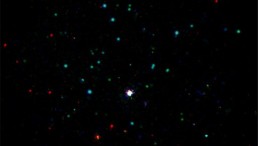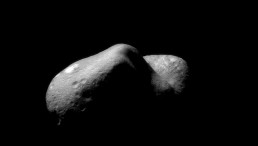El Niño has finally arrived according to the National Oceanic and Atmospheric Associations. The report by the NOAA was issued nearly a year after it was forecast that El Niño would occur sometime last year.
El Niño, known more specifically as the El Niño-Southern Oscillation cycle, is a warm phase of a fluctuation in sea surface temperatures. The ENSO cycle describes the annual variations in the atmosphere caused by nearby sea surface temperatures that are unusually warm (El Niño) or cold (La Niña) for prolonged periods of time.
These fluctuations in sea surface temperatures are often associated with out of the ordinary weather events on both the ocean and the ground, including heavy rains, drier than average weather conditions, tropical cyclones, and hurricanes. Some studies have even found that El Niño conditions may boost global warming during the years they occur.
In most circumstances, El Niño events don't last more than one year, with a few exceptions of the event lasting a few years. According experts, both El Niño and La Niña events are relatively rare and only occur one to three times a decade. In most cases, they begin to build up strength in the summer, peak between December and April only to lose intensity between May and July. However, this latest cycle does not follow this pattern.
The most affected areas by El Niño events are near the tropics, although extreme weather related to the effect can reach as far as the mid-latitudes. Peru is one of the most affected countries by the event and it was Peruvian fishermen who noticed the phenomenon giving it its name, El Niño, that we use today.
When most people hear about El Niño, they recall memories of extreme severe weather events during the 1997-1998 El Niño. But not all El Niño events involve such extreme and dangerous weather patterns.
Unfortunately, this year's El Niño is too weak to put an end to the drought in California, although climatologists had hoped that a wintry El Niño would result in more storms and rainfall for the area. According to NOAA researchers, this year's event took too much time to build up causing it to occur too late to make a difference in the upcoming rainy season in the area.
According to the California Department of Water Resources, California needs a "Miracle March" like the one in 1991, when the state received more rainfall than normal, in order for the drought to end.














